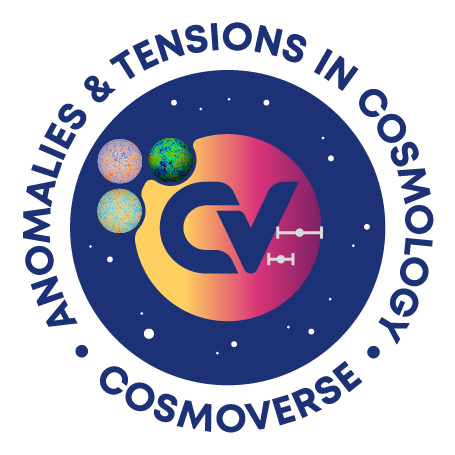What is your name, affiliation, academic position, and job title?
Eoin Ó Colgáin, a lecturer at Atlantic Technological University, Ireland. I have a PhD in high energy
theoretical physics (HEP-TH). I currently apply my mathematics background to observational
cosmology (ASTRO-PH).
What is your field of research and/or what project are you involved in?
I am interested in the foundations of cosmology. I have two basic questions I would like to answer.
One concerns the Cosmological Principle, an assumption that states the Universe is isotropic and
homogeneous at large scales. The assumption goes back over hundred years within the context of
General Relativity. The second concerns the current standard cosmological model and whether the
cosmological parameters are constants or evolve with redshift. If the cosmological parameters are
not constant, then tensions are expected.
What are your research plans?
Confirm/falsify the standard model. Confirm/falsify the Cosmological Principle.
How does CosmoVerse fit within those plans?
CosmoVerse provides a platform to discuss problems with the standard model and to work towards
a resolution to those problems.
What are the most exciting open questions in your research area?
Personally, the most exciting and impactful question concerns the limitations of the Cosmological
Principle. We now have several independent observables at different scales, and they all seem to
odds with the assumption that the Universe is isotropic and homogeneous at large scales. The
relevant question is what scale is appropriate for the Cosmological Principle? Is it the scale
traditionally quoted in textbooks, typically 100 times the distance between galaxies, or is it a much
larger scale? Is this scale large enough that local Hubble constant determinations are all impacted? If
so, this would provide a way out of the tensions. Nevertheless, I am still optimistic that a resolution
exists within an isotropic Universe.
What advances or new results are you excited about or looking forward to?
There is an anomalous bulk flow in cosmicflows4 data. This has now been confirmed by three
groups. Two of these groups agree that this is a serious tension with the standard model, while a
third group estimates this to be a milder tension. All groups are using the same data, so we will need
to get more data to confirm. If this bulk flow is physical, we should eventually have good enough
Type Ia supernovae data sets, and these will either confirm or refute the cosmicflows4 results. What
is interesting about these results is that they provide a backstory to the anomaly in the cosmic
dipole, whereby CMB and radio galaxies/quasars do not seem to agree.
What is your view on cosmic tensions? How does your work connect with this open
question in the community?
My collaborators and I have been collecting evidence that the cosmological parameters in the
standard model are not constant and they instead adopt different values when fitted to the same
observable in different redshift ranges. From the perspective of mathematics, the cosmological
parameters are integration constants in ordinary differential equations. This marks a mismatch
between mathematics and observation, which falsifies the standard model once one sees it in
enough observables. We currently have 3 observables where we see the signature. It is imperative
to see the same signal in multiple observables in cosmology because systematics can impact a single
observable.
What role do you think a community network like CosmoVerse can play in developing
theoretical astroparticle physics and cosmology?
There is a need for more discussion in theoretical astroparticle physics and cosmology. If cosmology
is truly at a crossroads, then we need to put as many ideas as possible on the table, shoot down the
bad ideas and work towards building consensus on the better ideas. This permits a return to normal
science in the Kuhnian sense.

